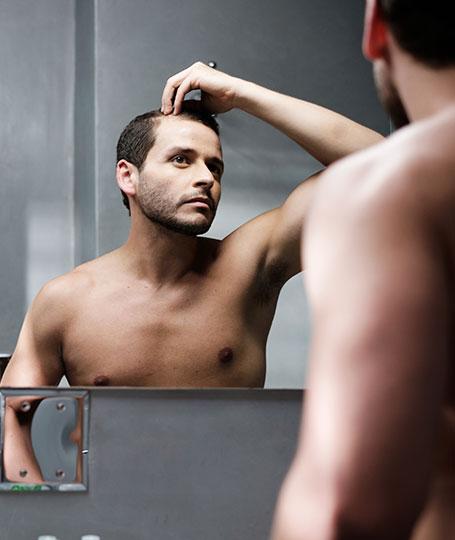
While baldness is a typically male problem, some women also suffer from hair loss. In either case, it can become embarrassing when the fall is pronounced. Hair transplanting then appears to be an effective and long-lasting solution to regain a smile.

Hair transplant Hair transplant Tunisia, definition and principles
Androgenetic alopecia evolves throughout life and is not predictable over the long term. The best thing to do is therefore to anticipate the most serious scenario for each patient, and this involves establishing an operating strategy for both the short and long term.
In Tunisia as in most countries, the technique of hair transplant concerns in the vast majority of cases, patients with androgenic alopecia. It is also a very good indication for scarring, traumatic, accidental or post-surgical alopecia, as well as for so-called androgenic alopecia in women.
Hair implants Tunisia: techniques and procedure
The hair transplant technique consists of an intervention that allows a redistribution of the patient's hair capital. Part of the hair is taken from a dense area, usually occipital and/or temporal, and implanted on the thinning area. An innovative technique such as hair micro-transplantation allows for an increase in hair mass without any visible aspect of the procedure, while keeping the natural side of the regrowth by respecting the groupings of follicular units.
A follicular unit represents a group of hairs, assembled together naturally in the scalp in small bundles, which can contain one to four hairs. Families of 1 to 2 hairs will be placed at the front and families of 3 to 4 hairs will be placed at the back to respect the natural hair arrangement. Transplanting the harvested hair in this anatomical arrangement will not only improve the survival of the grafts, but will also provide a better aesthetic result.

The operation is less and less painful with the new techniques used by surgeons. It takes place under simple local anesthesia, administered by injections of a lidocaine solution, similar to dental anesthesia, where an anesthetic cream can be applied before the injections. In most cases, there is no postoperative pain (a feeling of tension in the suture which can last from 48 to 72 hours).
The implanted hair is permanent and natural, it no longer falls out because it is taken from the occipital area. Regrowth results can be seen after 6 months, but the final results will only be visible after 1 year.
If you would like to have more information about hair transplant in our clinic, please do not hesitate to contact our team.
The price of hair transplant in Tunisia depends on the surgical technique to be applied. The Center Clinic offers the best prices for hair implants in Tunisia.
Benefit from exceptional care and reasonable pricing only in our clinic.


